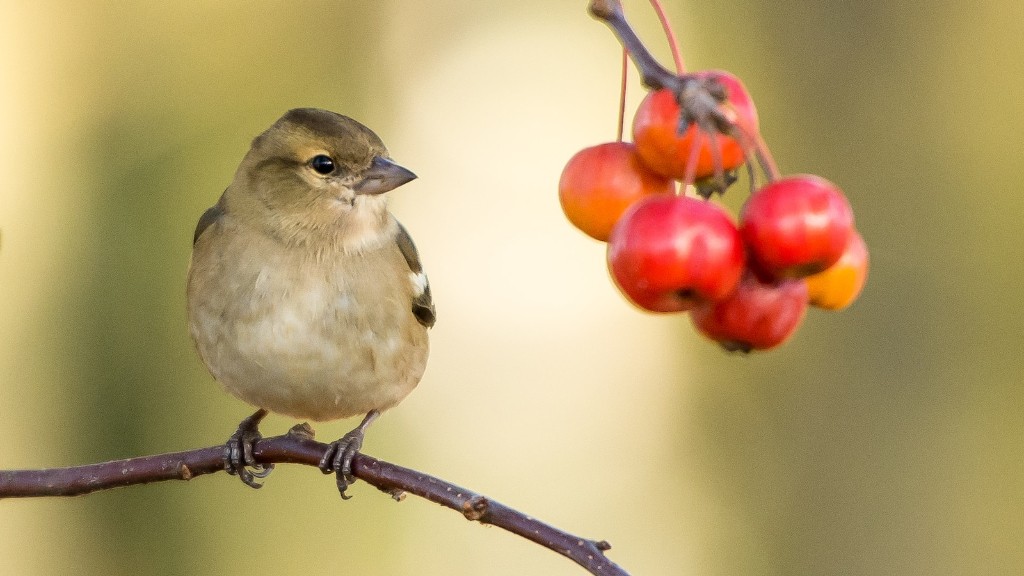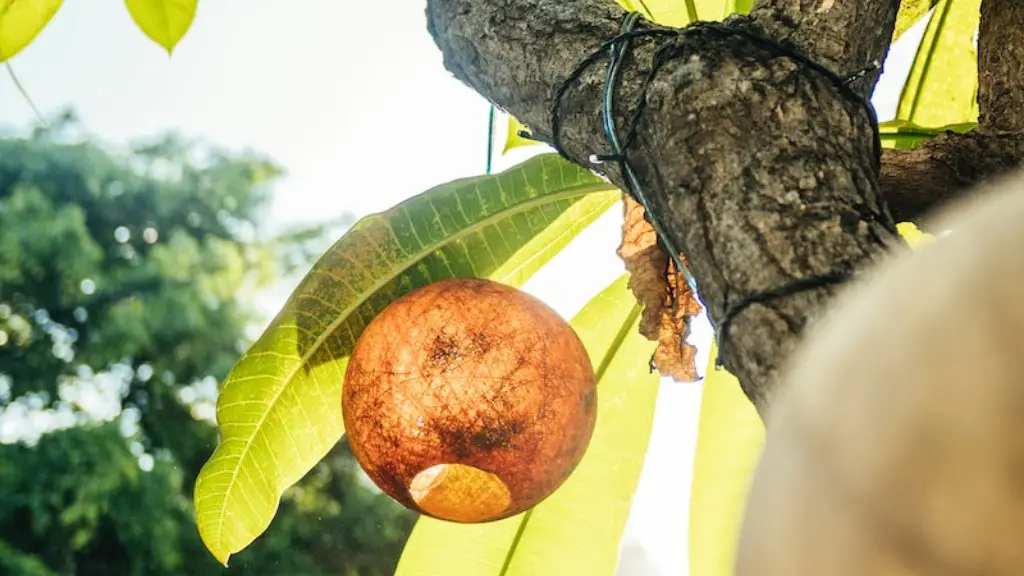When deciding where to plant a weeping cherry tree, there are a few things to take into consideration. weeping cherry trees are generally low-maintenance and can adapt to a variety of soil types. However, they do prefer full sun and well-drained soil. You’ll also want to avoid planting them too close to buildings or other large trees, as they can reach up to 25 feet tall and have a spread of 15-20 feet. With these things in mind, finding the perfect spot for your weeping cherry tree shouldn’t be too difficult.
A weeping cherry tree should be planted in a location that gets full sun and has moist, well-drained soil. It is also important to make sure that the tree is planted in an area where it will not be disturbed by construction or other activities.
Where do you put a weeping cherry tree?
The weeping cherry tree is a beautiful tree that can add elegance to any landscape. It is important to choose a location for the tree that will allow it to receive full sun and have well-drained soil. During dry spells, it is important to keep the tree watered. A layer of mulch around the tree can help the soil retain moisture.
The weeping cherry tree is one of the first trees to bloom in the spring, and is therefore synonymous with the season. However, it can be planted nearly any time of the year. This makes it a versatile tree that can be enjoyed in any season.
How much room does a weeping cherry tree need
Ornamental trees need 4 to 6 feet of clear space around the trunk to allow the branches to move freely and eliminates competition for soil nutrients. Provide good air circulation around the plant to keep the blossoms and leaves dry, which prevents water-borne plant diseases.
Cherry trees are best suited for a warm environment that is free from frost and has well-drained, slightly acidic soil. Morello cherry varieties are typically smaller in size and can also tolerate some shade, making them ideal for growing against a north-facing boundary. These varieties are also self-fertile, so they can be grown without a planting partner.
What is the lifespan of a weeping cherry tree?
Weeping cherry is a type of cherry tree that is known for its short lifespan. on average, weeping cherry trees only live for 30 to 40 years. However, with proper maintenance and care, some varieties of weeping cherry can live longer. One of the reasons for its short lifespan is that weeping cherry is more susceptible to extreme temperatures than other types of cherry trees. Therefore, it is important to take care of your weeping cherry tree in order to extend its life as much as possible.
A pink weeping cherry tree is a beautiful addition to any landscape. They are relatively fast growers, reaching a height of 20-30 feet in just a few years. Pink weeping cherry trees are also known for their lovely blossoms which appear in early spring.
Should a weeping cherry touch the ground?
When you are trimming a weeping cherry tree, you want to make sure that the branches are at least 6 inches (15 cm) above the ground. You should also remove any branches that are growing straight up, as these will not weep and will spoil the look of the tree.
The weeping willow is a popular tree for gardens and parks, due to its beautiful flowers that bloom for a short time in spring. The rest of the year, the tree is covered in green leaves that turn yellow in fall, before dropping off and leaving the tree bare through winter.
Is weeping cherry a good tree
Are you looking for a stunning focal point for your garden? Consider a weeping cherry tree! With their beautiful black limbs and umbrella-shaped crowns of flowers, weeping cherry trees are easy to grow and require little pruning. Just give them some sun and well-drained soil, and you’ll be rewarded with infinite beauty in your garden.
Weeping cherries are known for their beautiful blossoms, which make them a popular choice for ornamental gardens. However, many people don’t realize that these trees can actually reach quite a large size. According to Ohio State University, weeping cherries can grow up to 40 feet tall, with a canopy spread of up to 25 feet. This means that they can easily dwarf other plants in the garden, so it’s important to take this into account when planning your landscaping. Despite their size, weeping cherries are relatively easy to care for and make an excellent addition to any garden.
How messy are weeping cherry trees?
Weeping cherry trees are beautiful trees that can add a lot of elegance to a yard or garden. However, they can be messy if they are not cared for properly. The fruit of the weeping cherry tree can be very messy and can stain concrete or other surfaces. Also, the leaves of the weeping cherry tree can be messy if they are not raked up in the fall.
Cherry trees have very invasive roots. They grow close to the surface and spread aggressively underground. This can clog plumbing pipes, damage structures, and even disrupt patio slabs. Sucker shoots grow upright out of the shallow roots and can damage fences and foundations.
How close to a house should you plant a cherry tree
Cherry trees are beautiful and can add value to your home, but they can also be dangerous. If you plant them too close to your home, they can damage your property if they fall over in high winds or storms. Make sure to plant them at least 15 feet away from any buildings on your property.
Only one sour cherry tree needs to be planted for pollination and fruit set Many sweet cherry varieties cannot produce fruit from their own pollen and are considered self-unfruitful. These plants require cross-pollination for fruit set.
What is the easiest cherry tree to grow?
Sweet and sour cherry trees are both easy to grow, and both fruits have a wide variety of uses. Sweet cherries are used for raw eating and you’ll need at least 2-3 trees for pollination. There is a dwarf sweet cherry tree that is self-pollinating that is new to most markets as well.
Verticillium wilt is a fungal disease that can be deadly to weeping cherry trees. The fungus lives in the soil and enters the tree through the roots. It then starts to affect the leaves near the crown of the tree, causing them to discolor. Eventually, the fungus will spread through the rest of the tree, killing it.
Conclusion
The best place to plant a weeping cherry tree is in an area that gets full sun and has well-drained soil.
You should plant your weeping cherry tree in an area that gets full sun and has well-drained soil. You should also make sure to give your tree enough space to grow, as it can reach up to 15 feet tall.



